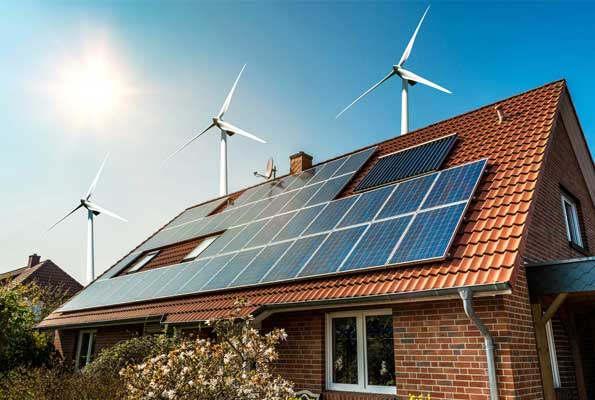In good news for the renewable energy sector, solar energy is expected to surpass oil output for the first time in 2023, with global investments forecast to reach USD 1.7 trillion.
According to a recent International Energy Agency (IEA) research, spending on fossil fuels is dramatically exceeding investment in clean energy technology as worries about affordability and security brought on by the current global energy crisis fuel the movement toward more environmentally friendly solutions.
IEA’s World Energy Investment report noted that approximately USD 2.8 trillion is anticipated to be invested globally in energy in 2023, of which more than USD 1.7 trillion is expected to go to clean technologies, including renewables, electric vehicles, nuclear power, grids, storage, low-emission fuels, efficiency improvements, and heat pumps. Coal, gas, and oil will receive the remaining amount, or just over USD 1 trillion.
Between 2021 and 2023, annual investments in clean energy are anticipated to increase by 24%, led by renewables and electric cars, as opposed to a 15% increase in investments in fossil fuels during the same time frame. However, more than 90% of this increase originates from developed nations and China, posing a severe threat of creating new energy divides if renewable energy transitions don’t accelerate elsewhere.
“Clean energy is developing quickly, more quickly than most people realize,” according to IEA Executive Director Fatih Birol, who believes that clean technologies are distancing themselves from fossil fuels, as seen in investment trends.
“Roughly 1.7 dollars are spent on sustainable energy for every dollar invested in fossil fuels. This ratio was one-to-one five years ago. Solar investment is one illustrative case, which is on track to, for the first time, surpass investment in oil production,” the official commented further.
The solar sector will likely lead the way in low-emission electricity technologies, accounting for nearly 90% of investment in power generation. Additionally, consumers are spending money on increasingly electrified end uses. For example, since 2021, the sales of heat pumps have increased by double digits every year. After rising in 2022, sales of electric vehicles are predicted to increase by a third this year.
Several variables, including times of rapid economic expansion and erratic fossil fuel prices, that fueled worries about energy security, particularly in the wake of the Ukraine crisis, have encouraged investments in clean energy in recent years. In addition, significant policy support through programs in Europe, Japan, China, and other regions and the US Inflation Reduction Act played a part.
In 2023, spending on upstream oil and gas is anticipated to increase by 7%, thus returning to 2019 levels. Large national oil firms in the Middle East make up the majority of the few oil businesses investing more than before the Covid outbreak. Due to increasing fuel prices, several fossil fuel producers achieved record profits in 2022. However, much of this cash flow has gone to dividends, share buybacks, and debt payments rather than returning to the conventional supply.
Despite this, the IEA’s ‘Net Zero Emissions by 2050 Scenario’ predicts fossil fuel investment will increase in 2023 to more than twice as high as those required in 2030. The demand for coal worldwide peaked in 2022, and 2023’s investment is on track to be roughly six times higher than what the ‘Net Zero Scenario’ projects will be the level of coal investment in 2030.
Less than 5% of the oil and gas industry’s upstream spending in 2022 went toward investing in low-emission alternatives like renewable power, sustainable fuels, and carbon capture technologies. Although the share is higher for some major European corporations, that level was not significantly different from the previous year.
There are the greatest renewable energy investment deficits in emerging and developing economies. There are some encouraging signs, such as the brisk solar investments in India and the renewable energy developments in Brazil and sections of the Middle East.
However, problems like increased interest rates, hazy regulatory and market structures, a lacklustre grid infrastructure, financially troubled utilities, and a high cost of capital are preventing investment in many nations.
The international community needs to do much more, particularly to encourage investment in lower-income economies where the private sector has hesitated to take risks.



